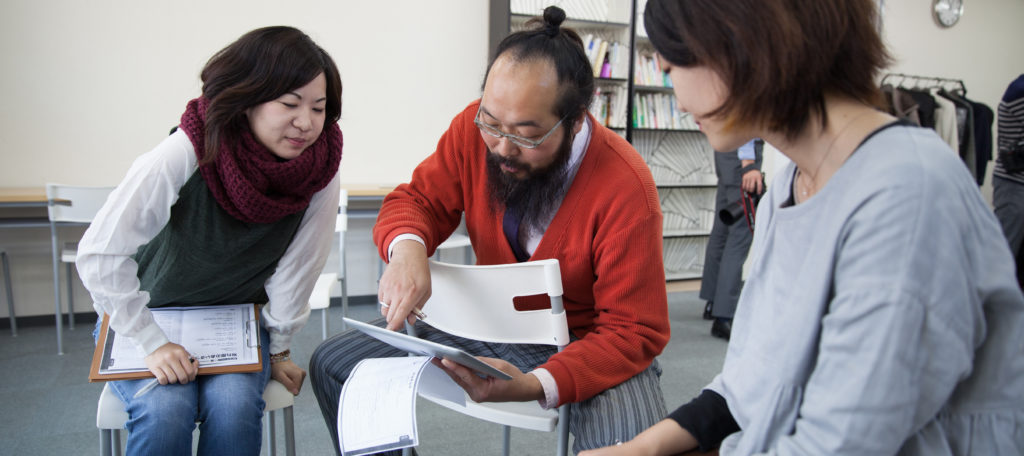
Reading time: 2 minutes. Relevant publication: Cleverlands by Lucy Crehan
In our final extract from Cleverlands, Lucy Crehan explores fresh ideas to improve teaching and learning in any classroom
Rather than assuming that one particular approach to teaching is the best in all situations, Japanese teachers have a number of teaching strategies in their repertoire, and every activity within each lesson is carefully chosen with the goal of the lesson in mind. When I asked Mr Hashimoto, a headteacher, about the use of group work in Japanese schools, and why they did it (despite the challenges it presents for awkward teenagers) he said, ‘There are lots of different aims for it. The teacher decides which student characteristics or abilities they want to improve through the group learning, before they begin. They never just introduce group work for the sake of it, there is always an aim.’ The methods chosen for each lesson are based on the question, ‘What is the best method to teach this idea?’ Whichever methods they choose, Japanese teachers have an edge on developing students’ conceptual understanding, for a number of underlying reasons. The first is the practice of ‘lesson study’, which is common in Japanese elementary schools across the country. I first came across this concept when I was invited to watch a lesson in which 10 teachers and a video camera were squeezed into the back of an otherwise normal-looking classroom.
My palms would be sweating if I were being observed by so many teachers, because observations in England are usually an assessment of your ability as a teacher, and end with a grading on a scale of 1–4.
Stress-free lesson observation
This teacher looked calm though, and I later learned that they have a different type of observation for lesson study in Japan; there, the focus is on watching how the students are responding to the lesson, so that the teachers can communally feed back on the effectiveness of the lesson plan. But it’s even less scary than that – four or five of the teachers sitting at the back of the room were involved in planning the lesson with the teacher in the first place, so the teacher isn’t even being judged on their planning. This lesson study approach has a number of advantages beyond the prevention of sweaty palms. Expert teachers feed into all lesson plans, allowing younger teachers to learn from them and avoid the lesson disasters that I unintentionally created in my first year of teaching. And the regular conversations about the best way to teach a lesson ensure that teachers at all levels are thinking about their practice, rather than growing stale after many years of teaching the same thing.
In their research, Stevenson and Stigler were curious about this lesson study process, and asked a teacher, ‘What do you talk about?’ The teacher stopped marking and thought for a moment. ‘A great deal of time,’ she reported, ‘is spent talking about questions we can pose to the class – which wordings work best to get students involved in thinking and discussing the material. One good question can keep a whole class going for a long time; a bad one produces little more than a simple answer.’
A teacher I spoke with amazed me with the level of detail in which she had planned. For the introduction of a particular maths topic she explained that the number 23 should be used in the example she first shared with the students, as it wouldn’t introduce misconceptions or require new maths the students hadn’t learnt yet, whereas using the number 24 would.
These detailed and carefully crafted lesson plans are then stored centrally for teachers to use when teaching that topic in the future, allowing them to adapt an already-good lesson to suit their students, rather than having to plan from scratch.
Reference:
Stevenson HW, Stigler JW. The Learning Gap: Why Our Schools Are Failing and What We Can Learn From Japanese and Chinese Education. New York: Summit Books, 1992.
Read more from Lucy Crehan on the SSAT blog: Thoughts on accountability in top-performing systems

